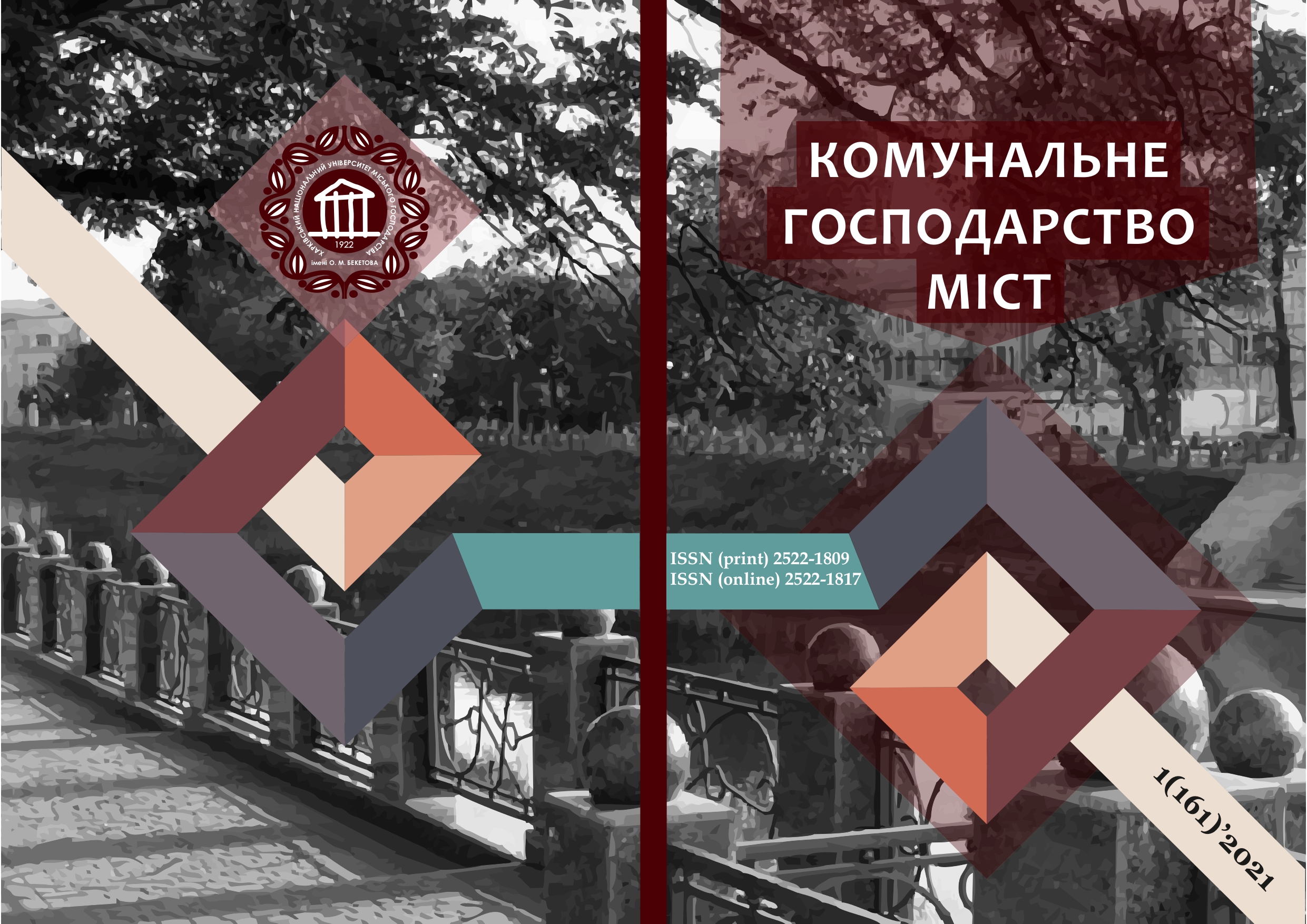INTERDISCIPLINARY INTERACTION OF DESIGN AND ARCHITECTURE
Array
Keywords:
interdisciplinary, design, architecture, art, synthesis, integration.Abstract
The synthesis of scientific knowledge obtained within individual disciplines became one of the leading trends in science in the latter half of the 20th century. Together with the existing disciplinary organization and the structuring of science according to the respective specializations, interdisciplinary methodology is being actively developed, problem and project approaches to research are increasingly being applied, the paradigm of integrity is being established. Such processes have also affected design, both theoretical and practical aspects of work. Considering the interdisciplinary interaction of design with other art forms, architecture appears to be most appropriate, given the commonality of design and architectural design dating back to the mid-20th century. Many architects design objects and placing them in their architectural constructions; and designers work with architectural projects, creating a «shell» for their design objects. There is a semantic organization in these processes, the study of which is relevant in view of the emerging paradigm of integrity in science.
The aim of research reveals the interdisciplinary interaction between design and architecture, and represents the relevant projects of designers and architects. The results can be used to broaden the understanding of interdisciplinary methodology regarding to its emergence and formation in design and architecture, as well as their current project results.
The scientific paper describes some of the professional patterns inherent in design and architecture that unite these arts in filling the object-spatial environment. Common meaning organization of design and architectural subject culture in comparison with samples of «pure» art is also noted, the direct inclusion of these objects in the life canvas of each individual is emphasized. The interdisciplinary interaction of design and architecture contributes to their mutual filling. For design work, the main priority of interdisciplinarity is in studying the architectural heritage that far exceeds the design culture over time. For architectural activity it is possible to expand its professional boundaries by mastering the specifics of design methodology, as well as to optimize the project process in creating a coherent and harmonious structure of building.
Interdisciplinary interaction is evident in project activities of modern designers and architects. The projects of American designer Karim Rashid, who works on both: the industrial design projects and objects for the architectural environment, are of particular interest. Architectural bureau «Zaha Hadid Architects», once headed by the Iraqi-British architect and designer of Arab origin Zaha Hadid, also conducts interdisciplinary project activity, touching both design and architecture. The projects of Gerrit Ritveld, designed more than a hundred years ago, confirm the extent of interdisciplinary links in design, architecture and art, reflecting the objectivity of these processes.
References
2. Prokhorov, S.A. (2012). The problem of the synthesis of arts in architecture. The world of science, culture, education. 5(36), 224-227.
3. Kulenenok, V. V. (2011). Architecture and design: a synthesis of arts as the basis for building a holistically structured environment. History and current trends. Polotsk State University Bulletin, 16. Retrieved from: https://elib.psu.by/bitstream/123456789/673/1/Kulenjonok_2011-16-p2.pdf
4. Vlasov, V. H. (2018). Architecture as a fine art. The theory of open form, the principle of participation and the synoptic method in art history. Architecton: University news, 1(61). Retrieved from: http://archvuz.ru/2018_1/1
5. Raup J. (1989). De ene hemel is de andere niet: 65 jaar Gerrit Rietveld. Amsterdam: De Balie.
6. Kolaveric B. (2009). Architecture in the Digital Age. Design and Manufacturing. New York and London: Taylor & Francis Group.
7. Dean P. J. (2008). Architecture in the Age of Design. Los Angeles: University of California.
8. Kaznacheev, V. P. (1983). Essays on the theory and practice of human ecology. Мoscow : Nauka.
9. Lysak, I. V. (2016). Interdisciplinarity: advantages and problems of application. Modern problems of science and education. 5. Retrieved from: http://science-education.ru/ru/article/view?id=25376
10. Vergunova, N. S. (2019). To the question of symbiotic transformation of design and architecture. Bulletin of KNUKIM. 41, 168-175.
11. Projects. Official website «Kurv Architecture». Retrieved from https://www.kurvarchitecture.com/1655-madison
12. Architecture and interior design. Official website «Zaha Hadid Architects». Retrieved from https://www.zaha-hadid.com/archive
13. Gidion, Z. (1984). Space, time, architecture. Мoscow : Strojizdat.
Downloads
Published
How to Cite
Issue
Section
License
The authors who publish in this collection agree with the following terms:
• The authors reserve the right to authorship of their work and give the magazine the right to first publish this work under the terms of license CC BY-NC-ND 4.0 (with the Designation of Authorship - Non-Commercial - Without Derivatives 4.0 International), which allows others to freely distribute the published work with a mandatory reference to the authors of the original work and the first publication of the work in this magazine.
• Authors have the right to make independent extra-exclusive work agreements in the form in which they were published by this magazine (for example, posting work in an electronic repository of an institution or publishing as part of a monograph), provided that the link to the first publication of the work in this journal is maintained. .
• Journal policy allows and encourages the publication of manuscripts on the Internet (for example, in institutions' repositories or on personal websites), both before the publication of this manuscript and during its editorial work, as it contributes to the emergence of productive scientific discussion and positively affects the efficiency and dynamics of the citation of the published work (see The Effect of Open Access).

